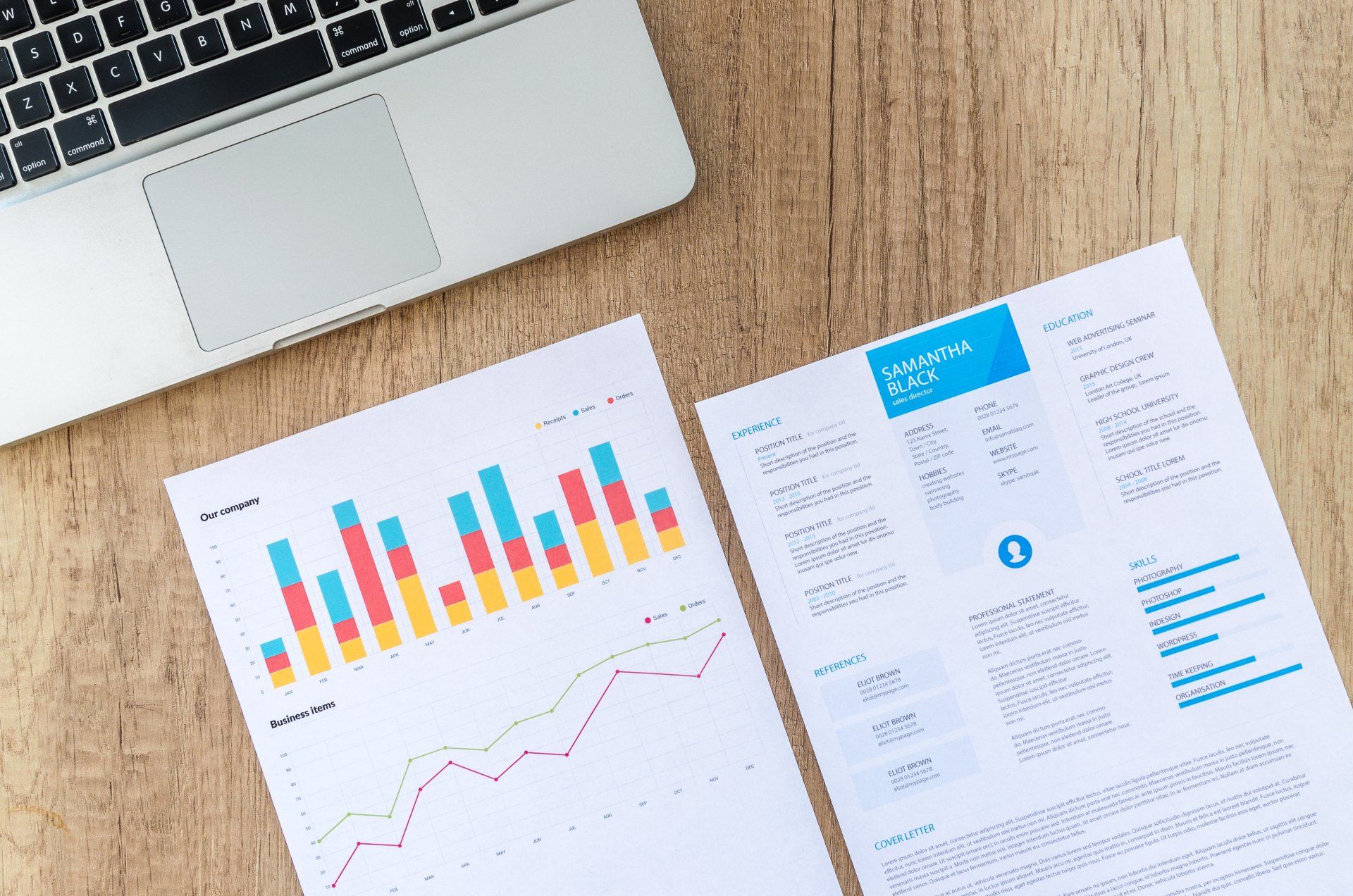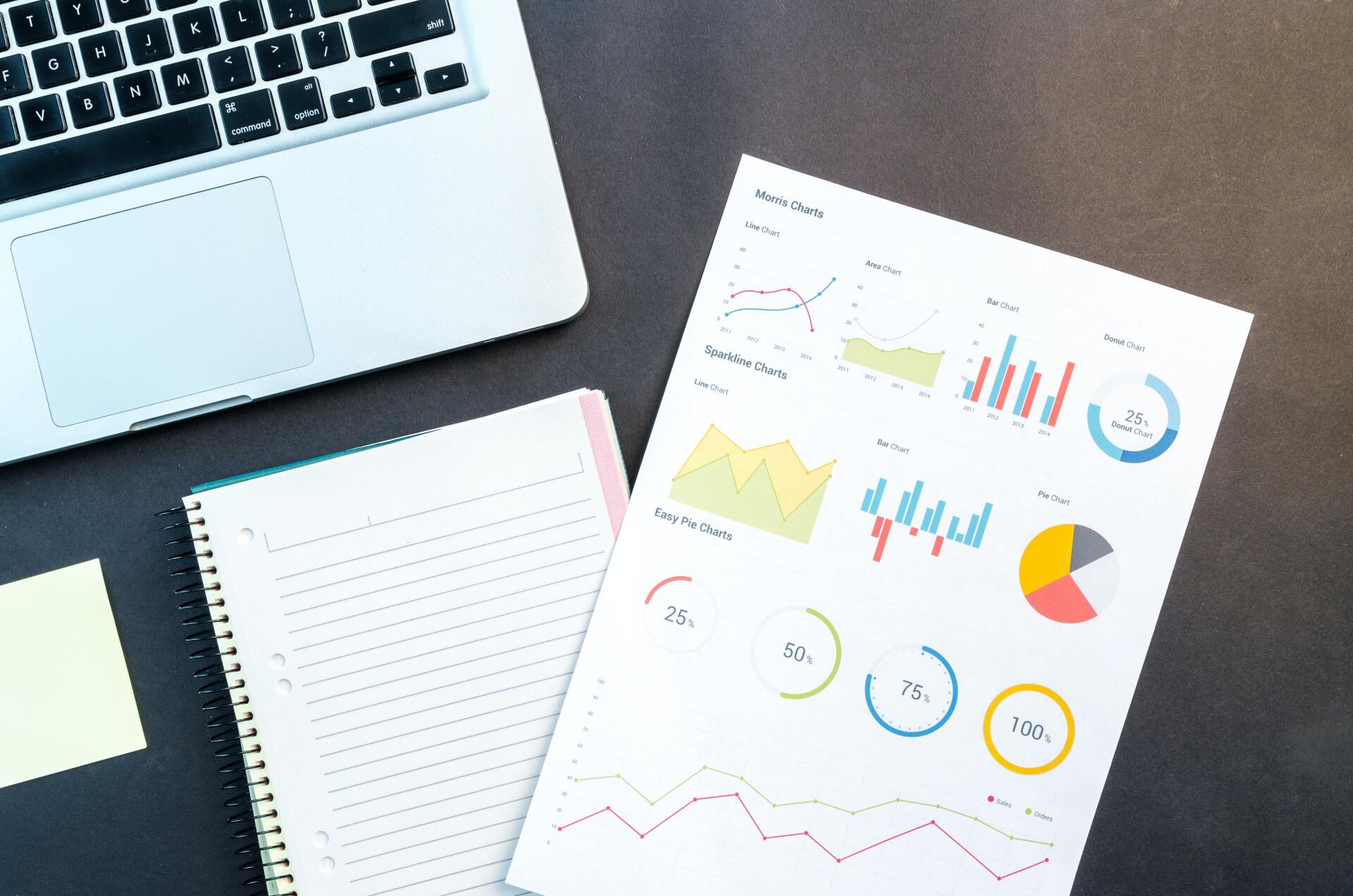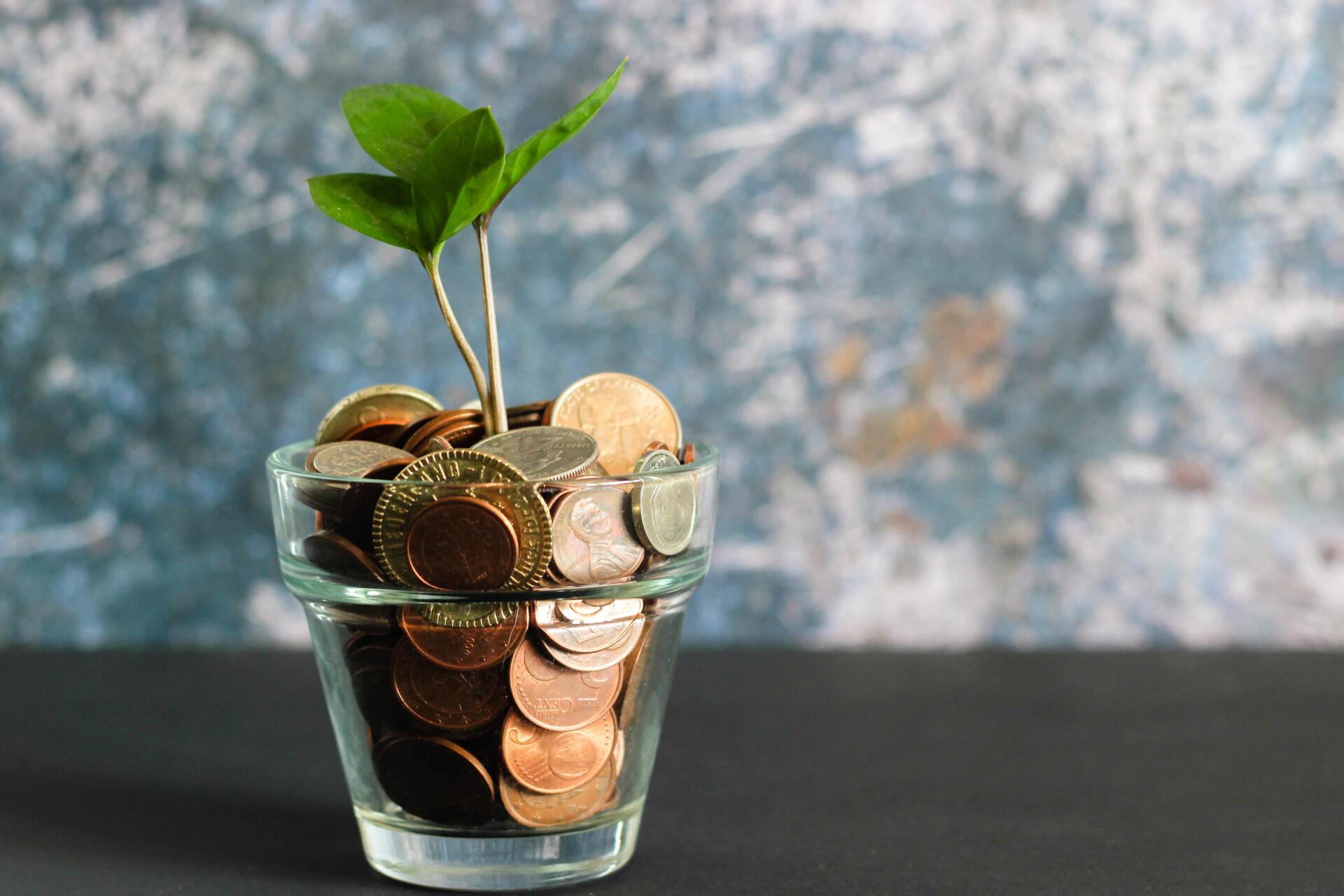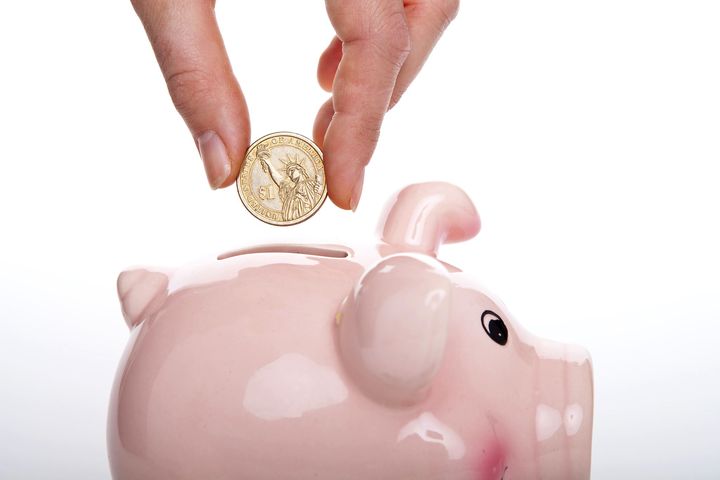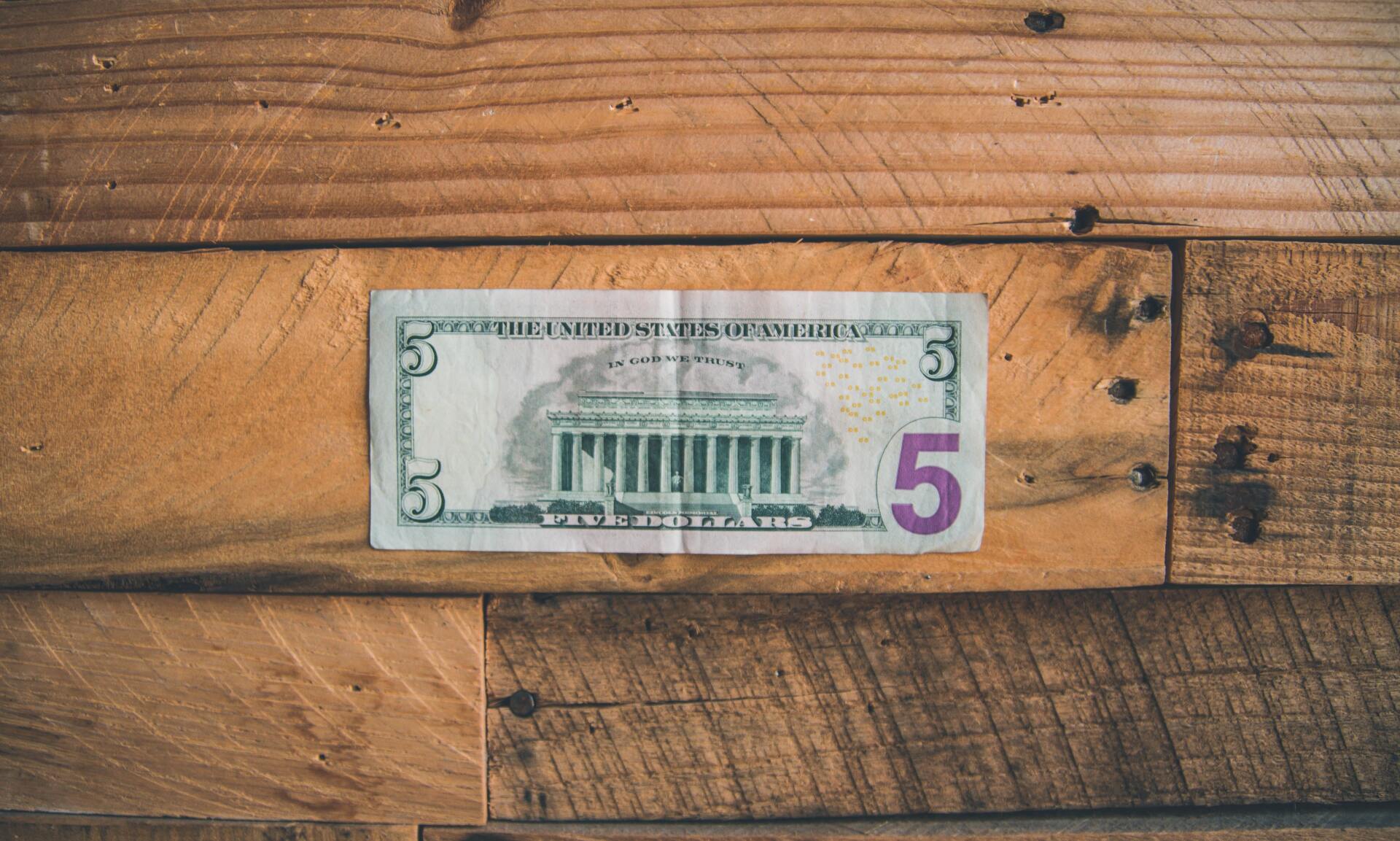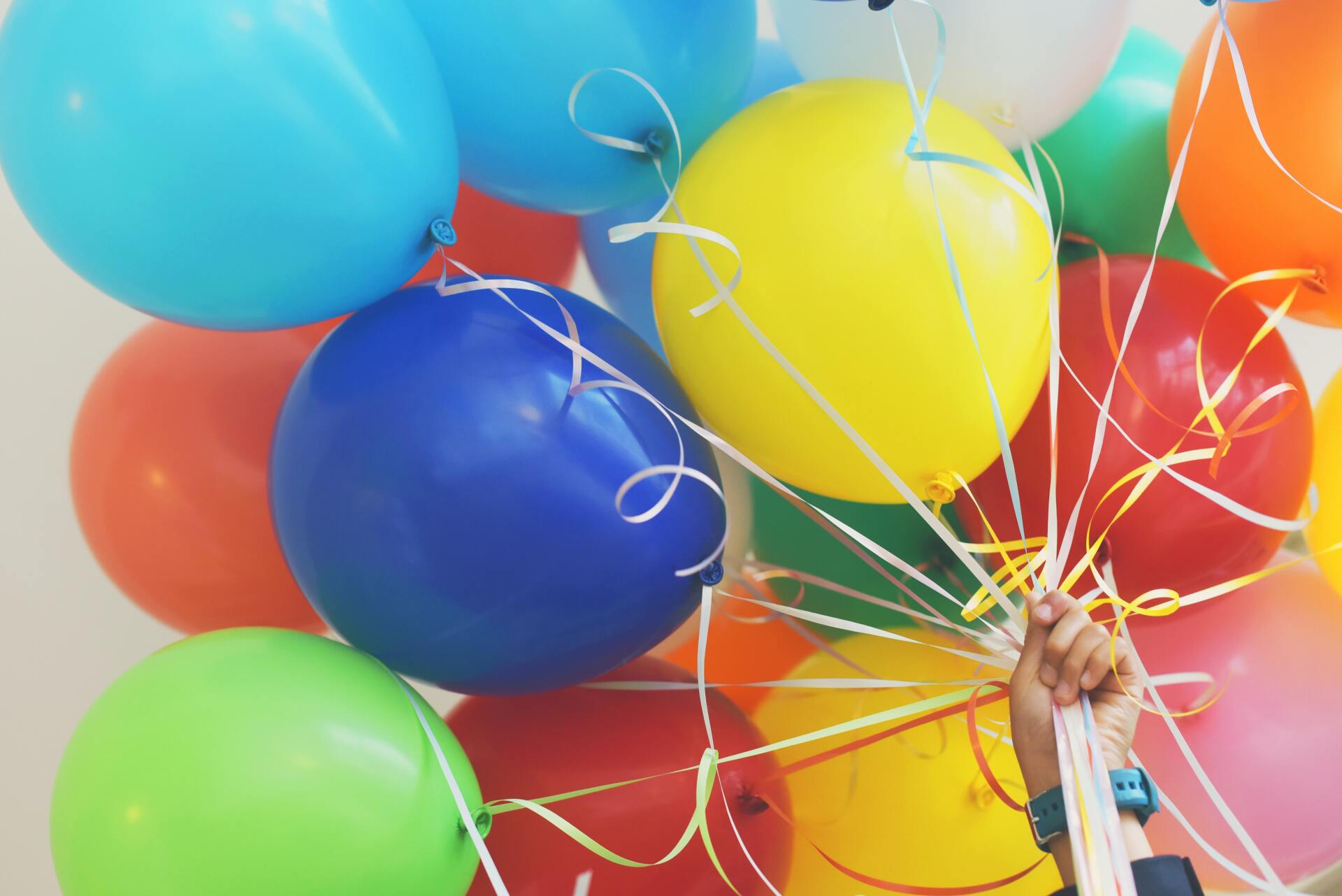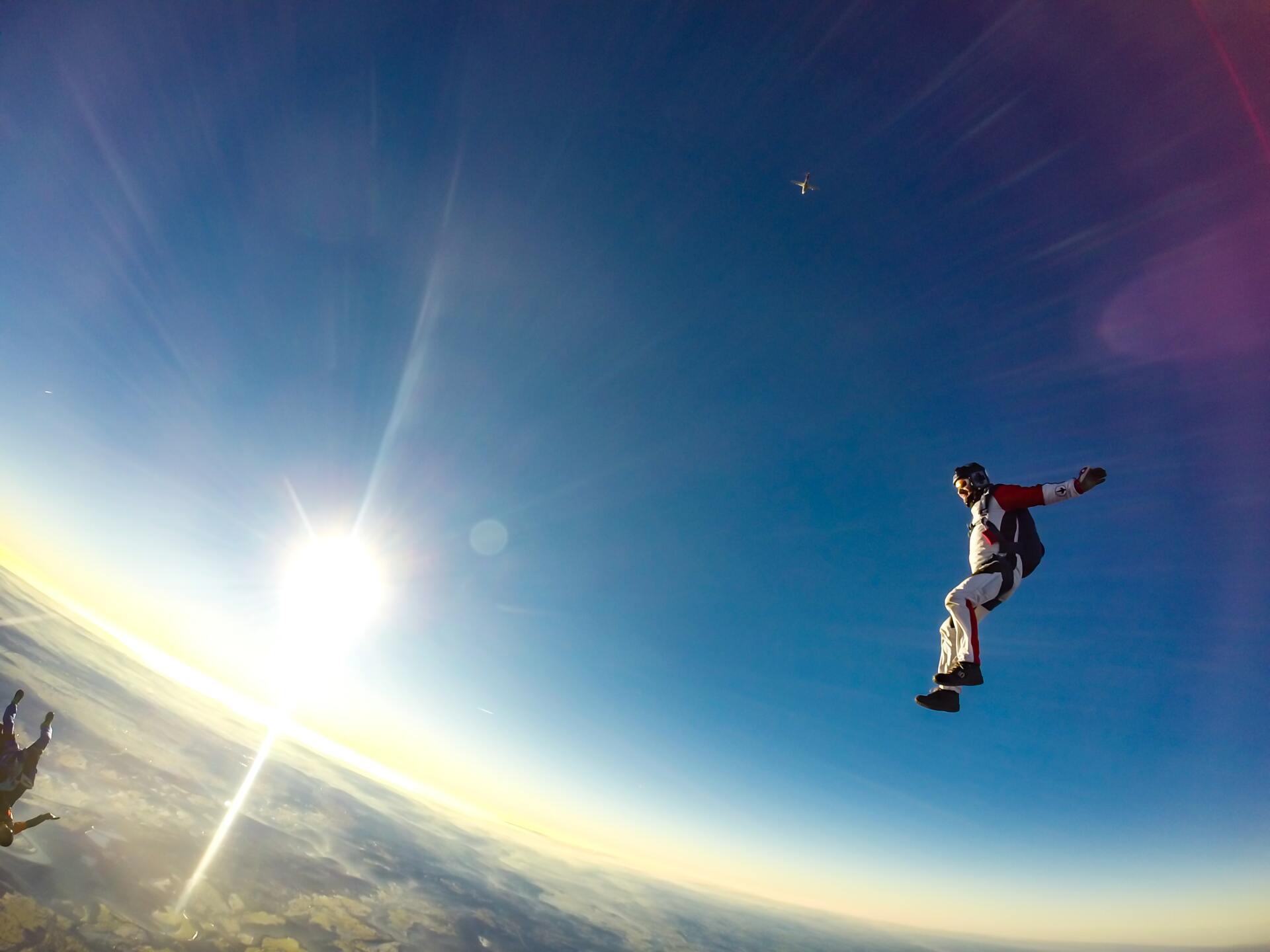A Non-Fungi-What-Now?: Beginner's Guide to NFT's
Why do I keep seeing pictures of monkeys wearing hats and what do they have to do with investing?

If you feel at all like Andy Dwyer in the above picture, you're in the right place.
Maybe you've seen pictures on your favorite meme page of bored-looking monkeys wearing hats and wondered why people were buying them instead of just taking screenshots. Maybe you ran into a crypto enthusiast who gave you a massively confusing, albeit energetic, explanation of NFT's that left you wanting. Maybe you've even heard the full term thrown around in conversation but felt too embarrassed to stop people and ask what on earth "fungible" meant.
Whatever brought you here, welcome!
In this article, we'll break down the basics of NFT's so that you can have a better idea of how it might fit in your investing tool belt.
A Non-Fungi-What-Now?
A non-fungible token.
If you're like me, looking into NFT's was the first time you encountered the word, "fungible." If you're even more like me, the first time you said it out loud in conversation, you pronounced it as "fun-gibble," leading to a humbling pronunciation search on Google. So that you can avoid my mistake, it's pronounced with a soft "g," as in "gerbil." You're welcome.
So, what does it mean for something to be fungible?
If something is fungible, it can be exchanged or replaced for another unit that is indistinguishable from itself (Merriam Webster). A couple of examples include the one-dollar bill and Bitcoin. Value of each of those currencies fluctuates, but no matter what, a dollar will always be worth a dollar and a Bitcoin will be worth a Bitcoin.
NFT's, on the other hand, are not of equal value to one another. An NFT with a picture of a giraffe could vary dramatically in value from an NFT with a clip of LeBron James dunking a basketball.
One of the main draws of an NFT is that uniqueness--NFT's are generally sold as the only one of its kind, or at least from a very limited run. Each NFT has a unique identifying code, which aims to create scarcity (and therefore value) in a digital item (Forbes).
How Do I Get My Hands on One?
Great question!
NFT's exist on blockchain, which is a system that keeps record of transactions between a network of computers. You may have heard blockchain associated with cryptocurrency. That's because crypto also exists on blockchain, the most common blockchain being Ethereum.
To purchase an NFT, you'll need to go to an NFT marketplace. Some examples include OpenSea.io, Rarible, and Foundation.
In order to keep the NFT's that you buy, though, you will need an NFT wallet. NFT wallets are crypto wallets that also support NFT's. They are a digital storing place for all of your purchased NFT's, although you can get an offline wallet to hold them if you get really involved in NFT's (Motley Fool).
The Real Question: Should I Get My Hands on One?
I want to be clear that the purpose of this article is not to tell you one way or the other. Everyone's investing portfolio is their own and should be customized to their individual situations.
While NFT's show exciting potential, there are some risks and possible downsides that need to be considered when purchasing, much like other forms of investing.
Some NFT risks and downsides include:
- The possibility of NFT fraud
- Valuation of your NFT being entirely reliant upon who you are able to sell it to
- Paying fees and taxes associated with NFT trading
- Environmental harm caused by some blockchains with big carbon footprints
Whether you choose to invest in NFT's or not, it's always important to understand the big players in the investing world.
And if you're still not sure whether you should invest your money in NFT's, you might consider checking out another one of our blog articles: "What Is My Risk Tolerance?".

